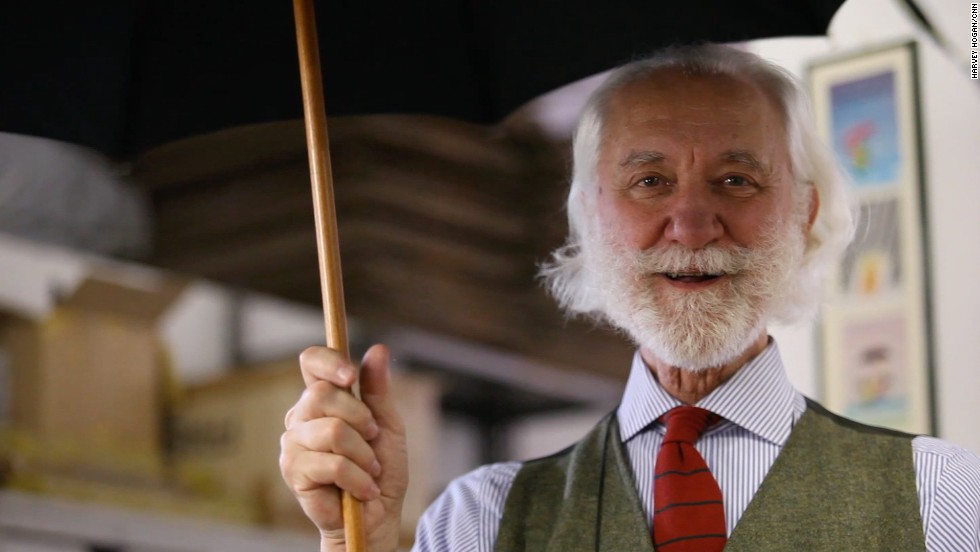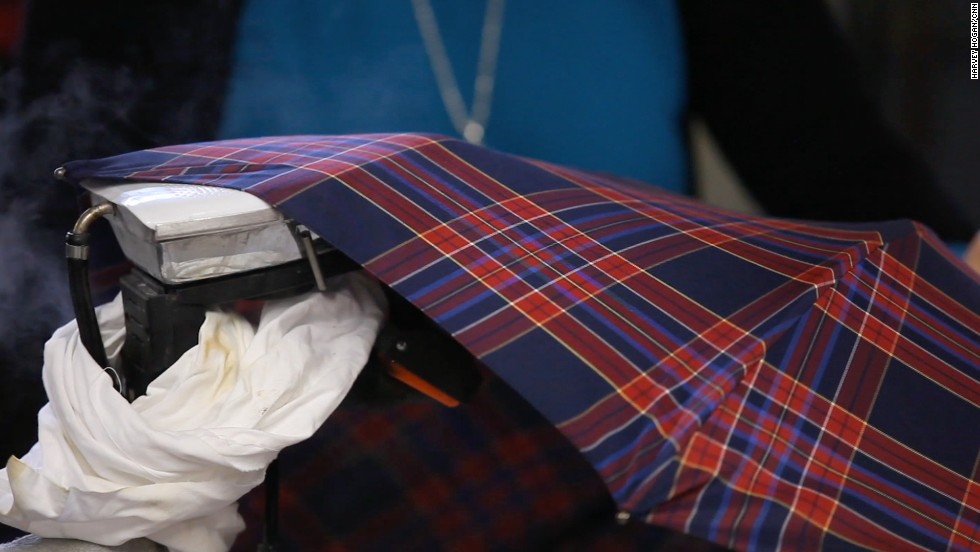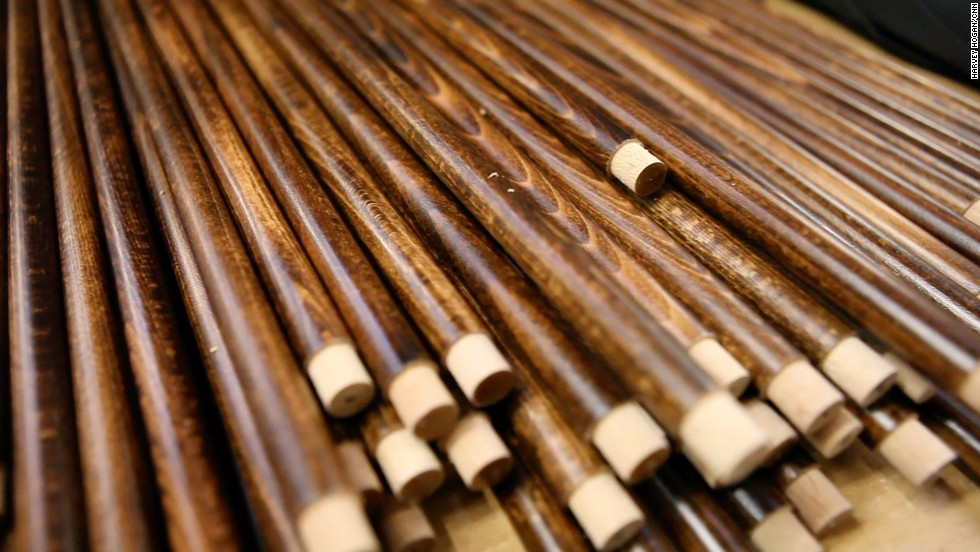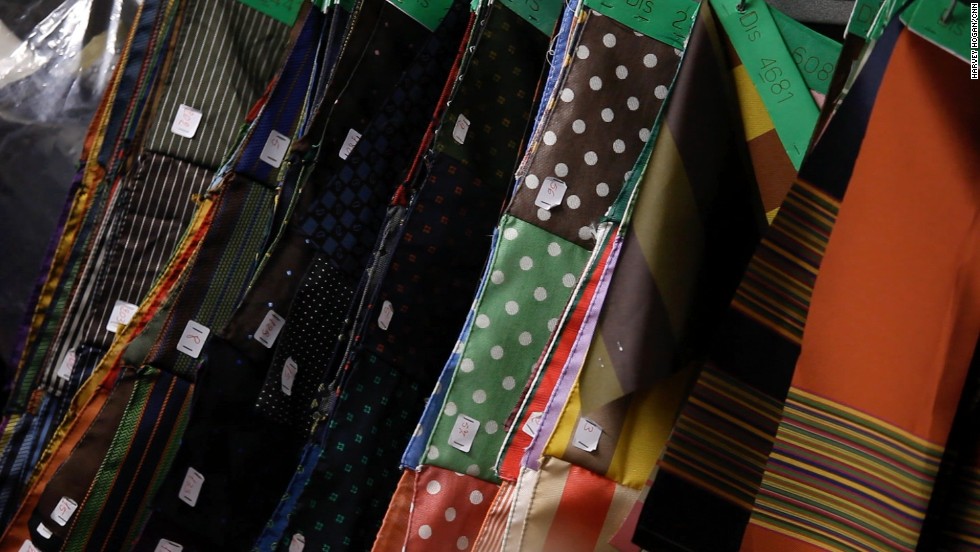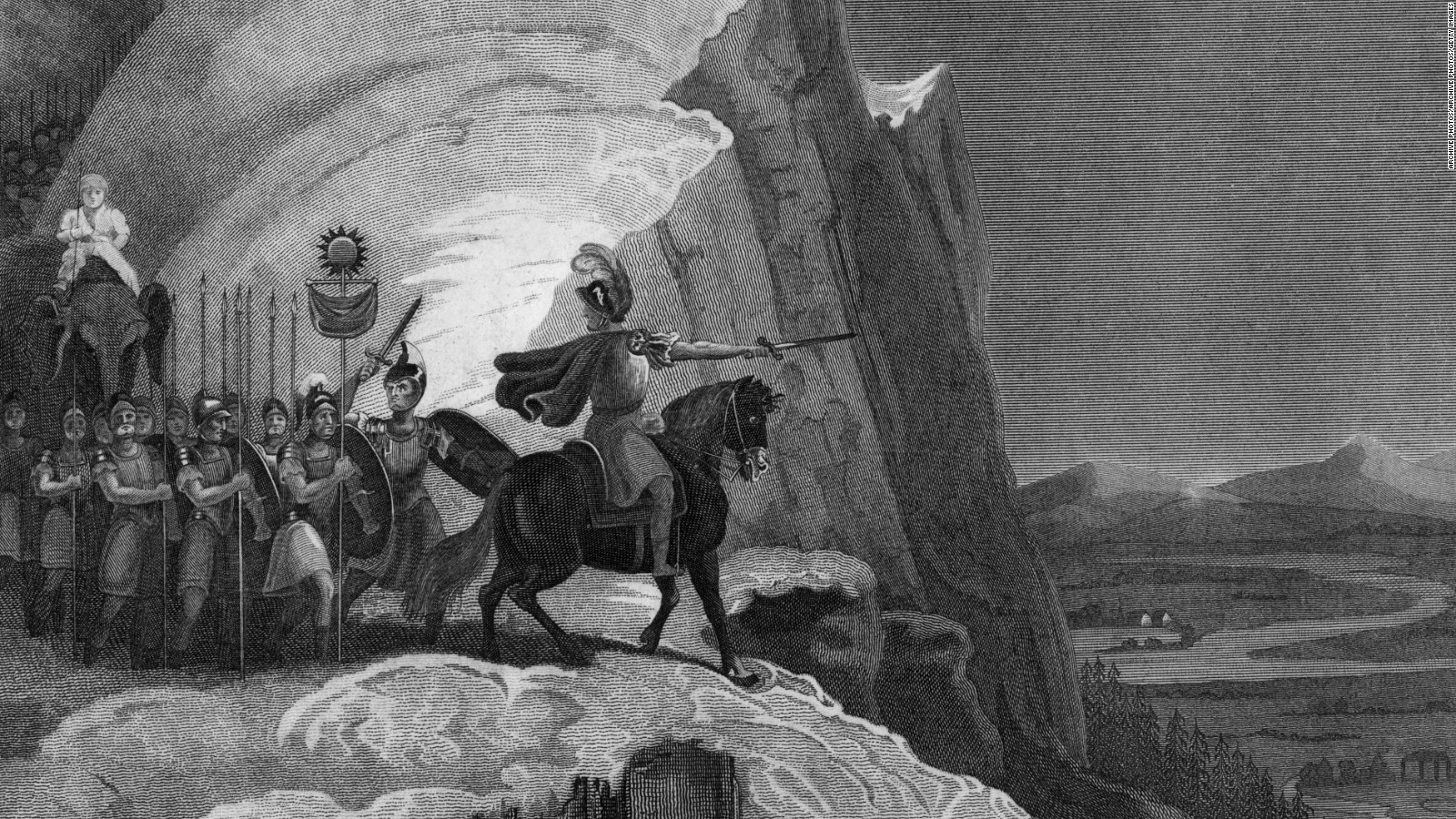
The Carthaginian general Hannibal led his troops over the Alps to attack the Roman Republic from the north.
Story highlights
- Scientists examine ancient horse dung to determine Hannibal's route through the Alps
- Great Carthaginian general led thousands over mountains to attack Roman Republic from north
(CNN)Amazing what you can learn from horse manure.
In
218 B.C., the Carthaginian general Hannibal Barca led an army of more
than 30,000 men, 15,000 horses and mules and -- famously -- about 40
elephants northeast through Europe and crossed the Alps to attack the
Roman Republic from the north.
It's considered one of the great achievements in military history.
But what was Hannibal's precise route? For centuries, historians have debated the question.
Now,
Chris Allen, a microbiologist at Queen's University Belfast, thinks a
research group has solved the puzzle -- thanks to "modern science and a
bit of ancient horse poo," he writes in a blog post.
Allen
and a team led by Bill Mahaney of Toronto's York University believe
that Hannibal and his troops crossed the Alps at Col de Traversette, on
the border of France and Italy southeast of Grenoble.
The surrounding terrain is incredibly rugged; even 22 centuries later, Google Maps recommends
that a traveler from France cross into Italy and double back to arrive
at the pass, though some single-lane roads in France will get you close.
Allen
and the team "unveiled a mass animal deposition of fecal materials --
probably from horses -- at a site near the Col de Traversette," Allen
writes. Thanks to carbon isotope analysis, the group dated the dung to
about 200 B.C. Descriptions of the area in historical writings also fit.
The UK's Guardian notes
that discussion about the route dates to the ancient historians Livy
and Polybius. The Col de Traversette was one of many paths considered,
but its narrowness and height -- it's close to 10,000 feet above sea
level -- made it daunting.
Allen
believes that Hannibal may have taken the dangerous route because of his
fear not of the Romans but of tribes that lived in the region.
He
cautions that the group's research is not complete. Gene analysis needs
to be expanded, he writes, and he's hoping researchers discover
parasite eggs preserved in the mire.
"With
more genetic information we can be more precise about the source and
perhaps even the geographical origin of some of these ancient beasts by
comparison with other microbiology research studies," he writes.
Hannibal's
travels were not without fatalities. Accounts differ, but it's
generally believed that he lost more than 10,000 men and possibly many
more. Moreover, all but one of his elephants died.
However,
his success led to his greatest victory, at Cannae in 216 B.C. The
Second Punic War between Rome and Carthage raged on until 202 B.C., when
Hannibal was defeated at the Battle of Zama.
The findings of the international team of researchers are published in the journal Archaeometry.
Source- edition.cnn.









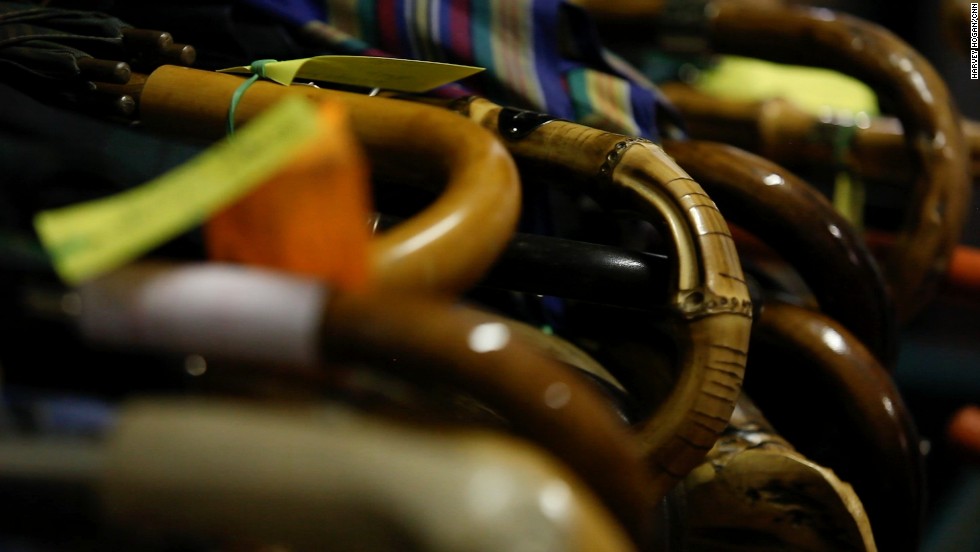
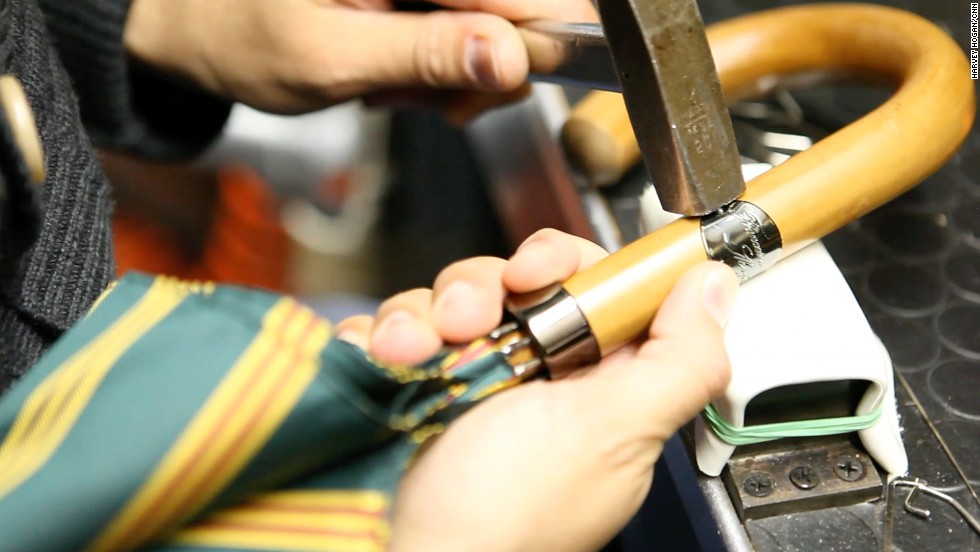

 s
s